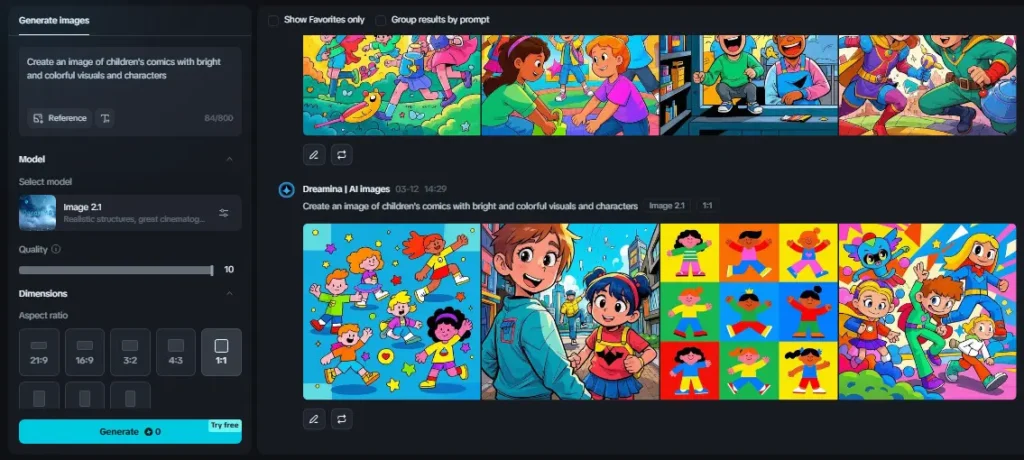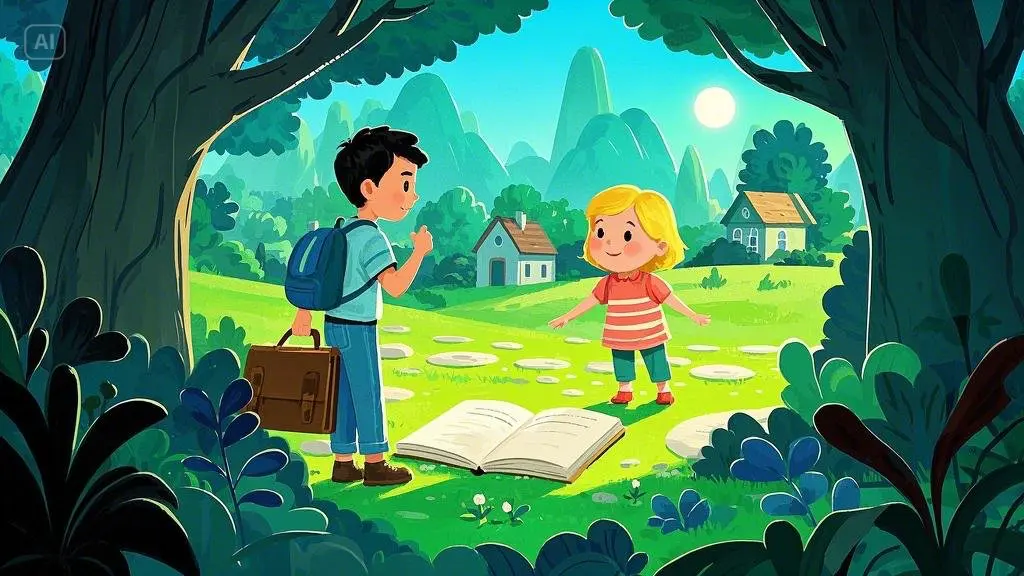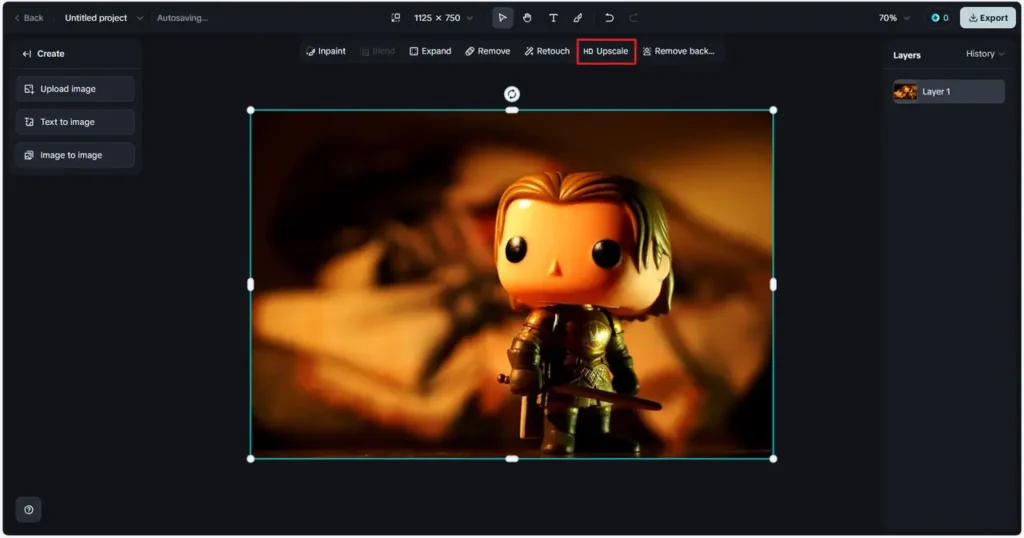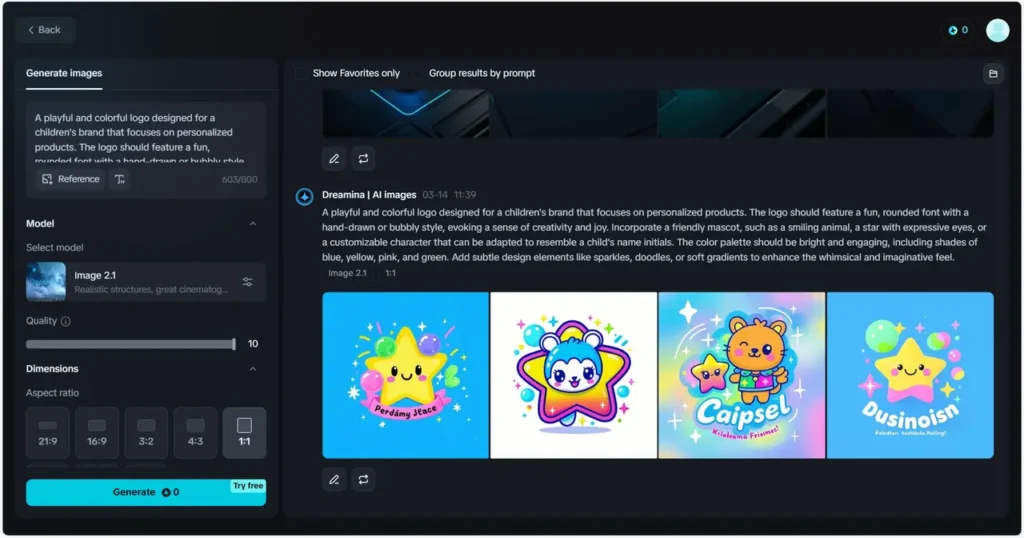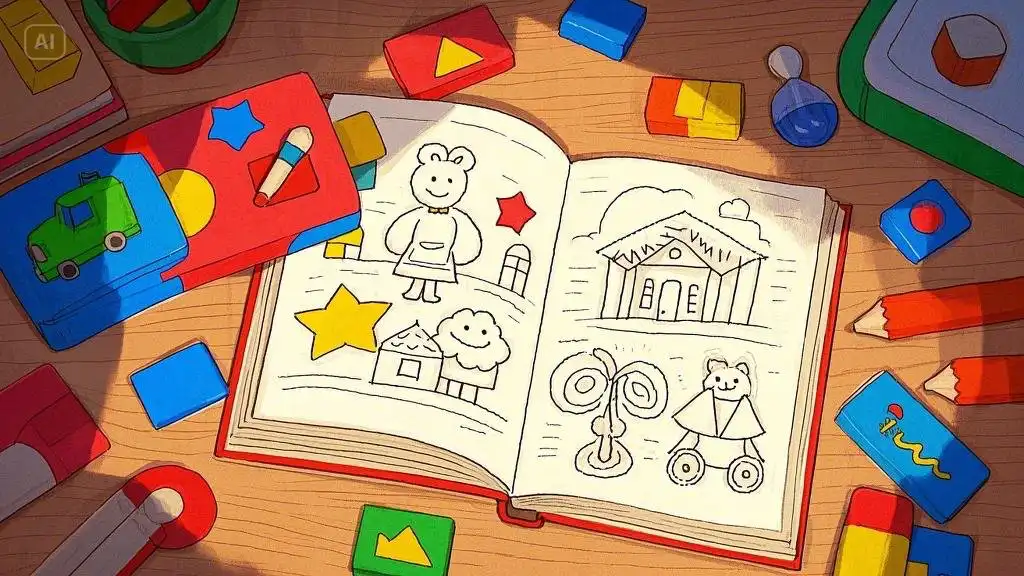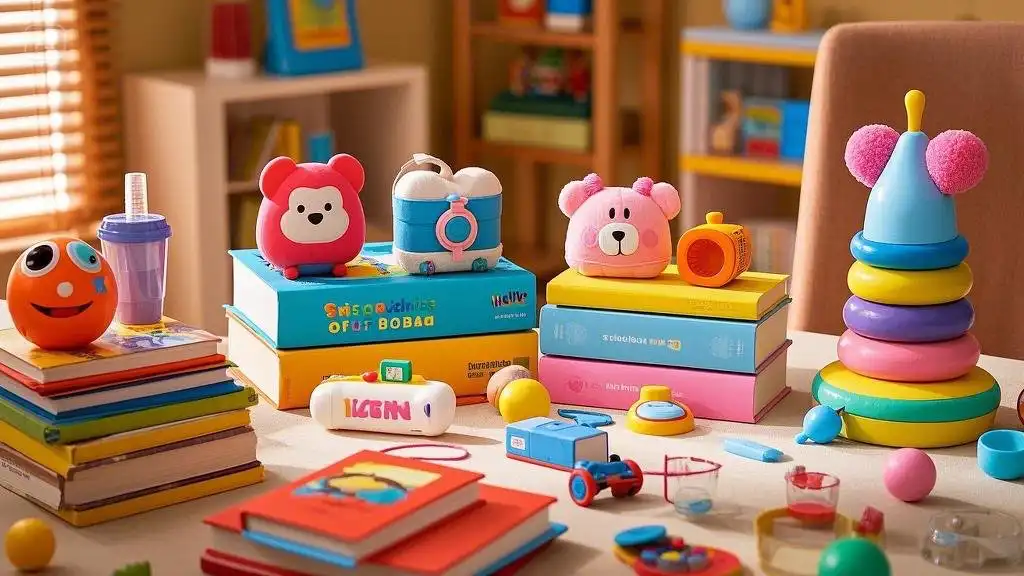A key factor in the success of children’s items is design. A product’s design aims to immerse kids in an enjoyable and educational world, not only to make it seem good. Whether it’s the packaging of a toy, the cover of a book, or the design of a game, product design frequently acts as the initial point of contact between a child and the product. This is why design is so important:
For instance, storybooks with brilliant images or toys with lively characters frequently encourage engagement and ignite the imagination, both of which are vital for the development of young brains.
This allows designers to get from the sketch phase to final products more quickly. For instance, an image generator can create stunning, eye-catching artwork from a straightforward cue like “a friendly, smiling dinosaur surrounded by vibrant colors.” This implies that designers can quickly refine their designs and experiment with innumerable variations.
The idea that AI inhibits creativity is a frequent misperception. In actuality, artificial intelligence is a potent instrument that fosters and advances creativity. AI creates a vast array of design possibilities in a few seconds, giving designers a wealth of ideas to further expand and customize.
AI tools, for instance, may swiftly generate a variety of visual styles, from realistic to cartoonish, giving designers a foundation on which to build and improve. Artificial intelligence (AI) allows designers to experiment with various techniques and styles without being constrained by time or money, whether they are making lively, anthropomorphized characters for toys or captivating, vivid visuals for instructional games.
AI tools also make it simple for designers to edit and modify their work. AI-powered tools can assist in making quick changes, saving designers time and effort, whether a certain character needs a tiny color adjustment or an artwork needs more details.
AI’s capacity to create completely fanciful, imaginative worlds is among its most intriguing uses in children’s product design. These worlds are not simply found in toys; they may also be found in interactive games, children’s book graphics, and packaging. AI adds fine detail and brilliant colors to these inventive, amusing worlds.
Consider a series of toys based on aquatic animals. Designers can produce a wide range of distinctive, fanciful characters, such as talking fish, hat-wearing octopuses, and mystical coral reefs, using AI-powered tools. With AI providing countless opportunities that are both aesthetically pleasing and cognitively creative, the degree of inventiveness involved can be astounding.
AI techniques may create intricate storybook images for children’s books, such as magical forests, fantastical animals, and vibrant settings that enthrall young readers. Illustrators can discover the ideal aesthetic to complement the tone and mood of the story thanks to AI’s capacity to produce intricate, excellent images in a variety of styles.
Things that attract children such as a character based on a child’s name or their favorite animal. AI enables the insertion of characters in books that are similar to the child, creating a stronger bond with the narrative. This degree of personalization improves the child’s experience and transforms an ordinary product into something special and unforgettable.
Manufacturers of children’s items are increasingly using sustainable design techniques in response to the growing demand for environmentally friendly products. AI is assisting in the development of designs that are not only creative and aesthetically pleasing but also ecologically conscious. AI tools aid in the discovery of innovative, environmentally friendly solutions, whether it is the use of recyclable materials in toys or packaging intended to reduce waste.
Eco-friendly packaging designs that use less material and still have a lively, whimsical look can be produced by AI technologies like Dreamina. The flexibility to try out various packaging designs, materials, and layouts guarantees that the finished product will support environmental initiatives in addition to being aesthetically pleasing.
AI in children’s product design appears to have a very bright future. Designers will have access to ever-more-advanced tools as AI develops, allowing them to produce more immersive, interactive, and customized products. AI continues to have a big influence on the development of the next generation of children’s products, whether it is in the form of toys that change with the child’s development or instructional games that encourage creativity.
The possibilities are unlimited when using AI-powered tools like design platforms and image generators. Designers will be able to produce imaginative, engrossing environments that encourage children to study, play, and develop in meaningful ways. With AI opening up new creative possibilities, the future of children’s products is not just bright but also quite exciting.
AI is revolutionizing the field of designing products for kids. AI is helping designers realize their ideas more quickly and effectively, from tailoring items for young minds to building vibrant and imaginative environments. It not only helps generate useful images through picture generators but also increases their resolution and enhances them through AI tools.
It is set to continue transforming the way we create goods for kids, making them more inventive, meaningful, and engaging than ever before thanks to its capacity to foster creativity, expedite the design process, and support sustainable practices.
